Home>Dining>Tableware>Why Are Wine Glasses Shaped The Way They Are?
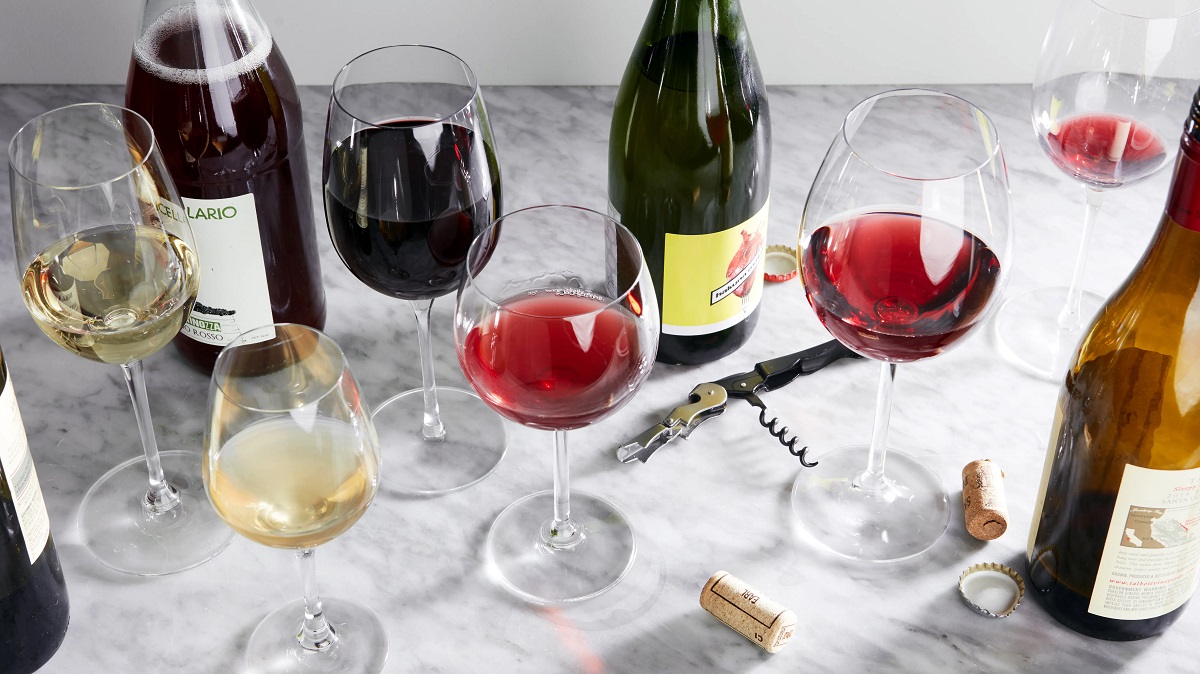

Tableware
Why Are Wine Glasses Shaped The Way They Are?
Modified: February 3, 2024
Discover the science behind the unique shape of wine glasses and how it enhances the wine-drinking experience. Explore the fascinating world of tableware design.
(Many of the links in this article redirect to a specific reviewed product. Your purchase of these products through affiliate links helps to generate commission for Storables.com, at no extra cost. Learn more)
Introduction
When it comes to enjoying a fine glass of wine, the shape of the wine glass plays a crucial role in the overall experience. Have you ever wondered why wine glasses are shaped the way they are? The answer lies in a rich history, scientific principles, and the desire to maximize the enjoyment of wine.
For centuries, wine has been a beverage that has been celebrated and enjoyed by people around the world. As its popularity grew, so did the need for vessels to hold and savor this enchanting elixir. Over time, the shape of wine glasses has evolved to enhance the aroma, flavor, and overall drinking experience.
Understanding the significance of wine glass shape is not only fascinating but also essential for any wine connoisseur or enthusiast. In this article, we will delve into the historical background, the science behind wine glass shape, the various factors influencing their design, and their impact on wine tasting. So, let’s dive in and uncover the secrets behind the captivating shapes of wine glasses.
Key Takeaways:
- Wine glasses are meticulously designed to enhance the aroma, flavor, and overall enjoyment of wine. Understanding their historical background, science, and impact on wine tasting can elevate the wine drinking experience.
- The shape of a wine glass significantly impacts aroma concentration, flavor perception, and even the temperature of the wine. Investing in suitable wine glasses tailored to specific wines can truly elevate the enjoyment of every sip.
Read more: Why Is A Martini Glass Shaped The Way It Is
Historical Background
The use of wine glasses can be traced back to ancient civilizations, where pottery goblets were initially used to consume wine. As glassmaking techniques improved, glass vessels started to replace pottery, offering a more elegant and refined way to enjoy wine.
The first emergence of modern-style wine glasses can be attributed to the Venetians in the 16th century. These glasses, known as Venetian glasses, featured a long stem and a wide bowl. The shape of the bowl allowed the wine to breathe, enhancing its flavors and aromas.
In the 18th century, the design of wine glasses continued to evolve. The introduction of the Champagne coupe was a notable development during this time. These shallow, wide-mouthed glasses were designed to showcase the effervescent nature of Champagne. However, it was later discovered that the wide surface area resulted in the rapid loss of carbonation.
The modern wine glass, as we know it today, started to take shape in the 20th century. The iconic Bordeaux wine glass was designed in the early 1950s by Claus Riedel, a 9th-generation glassmaker. Riedel revolutionized the industry by creating glasses specifically tailored to enhance the characteristics of different wine varietals.
Since then, there have been further innovations and refinements in wine glass design. Today, we have a wide range of wine glass styles, each meticulously crafted to enhance the nuances of specific wines.
The evolution of wine glass shape is closely tied to cultural and societal changes as well. Different regions and countries have their unique preferences when it comes to wine glass design. For instance, European wine glasses tend to have a smaller bowl and a shorter stem, while American wine glasses often feature larger bowls to accommodate a more generous serving.
Understanding the historical background of wine glass shape gives us a glimpse into the intriguing journey that has shaped these vessels over time. It also highlights the importance that has been given to optimize the wine drinking experience and the artistry involved in the creation of wine glasses.
Importance of Wine Glasses
Wine glasses are not mere vessels for holding wine; they play a crucial role in enhancing the overall wine tasting experience. Here are some key reasons why wine glasses are important:
- Aroma Enhancement: The shape of the wine glass influences the way the wine’s aroma is released. The wide bowl of a wine glass allows the aromas to concentrate, making it easier to capture and appreciate the intricate bouquet of the wine.
- Flavor Intensification: The shape of the glass directs the wine to different parts of the tongue, enhancing the perception of flavors. The narrow rim of a wine glass ensures that the wine is directed towards the center and front of the palate, where the taste buds are most sensitive.
- Visual Pleasure: Wine glasses are designed to showcase the color and clarity of the wine. The transparent glass allows you to appreciate the vibrant hues and visual characteristics of the wine, enhancing the overall sensory experience.
- Temperature Control: The shape of the glass can influence the rate at which the wine warms up or cools down. For example, a glass with a stem allows you to hold the glass without warming the wine with your hands.
- Ergonomics: Wine glasses, meticulously crafted for a comfortable and enjoyable drinking experience, are designed to allow you to hold wine glasses easily. Their shape, including the stem’s design, the weight distribution, and the glass’s balance, all contribute to a satisfying and effortless grip.
- Celebration of Tradition: Wine glasses have become a symbol of tradition and sophistication. The act of serving wine in a beautifully crafted glass adds an element of elegance and reverence to the occasion.
Considering the importance of wine glasses in enhancing the sensory experience, it is clear that investing in quality wine glasses is essential for any wine enthusiast. The right glass can elevate the aromas, flavors, and overall enjoyment of the wine, making the entire drinking experience more fulfilling.
The Science behind Wine Glass Shape
The shape of a wine glass may seem like a mere aesthetic consideration, but it is rooted in scientific principles that aim to optimize the wine tasting experience. The science behind wine glass shape can be categorized into three main aspects: aromas, flavors, and carbonation.
Aromas: The aroma of a wine is a crucial element in its overall enjoyment. Different wine varietals have distinct aromatic profiles that can be accentuated or diminished by the shape of the glass. The shape of the bowl plays a vital role in capturing and concentrating the aromas of the wine. A wider bowl allows for a larger surface area of wine, increasing the exposure to air and releasing more aromatic compounds. The narrowing of the rim further directs the aromas towards the nose, allowing for a more pronounced olfactory experience.
Flavors: The shape of the glass also influences how we perceive the flavors of the wine. The size and shape of the bowl can direct the wine to different parts of the tongue, highlighting certain flavor notes. A narrower rim directs the wine towards the center and front of the palate, where the sweet and acidic taste buds are most sensitive. This enhances the perception of flavors and allows for a more nuanced tasting experience.
Carbonation: Wine glasses also play a role in preserving and showcasing the carbonation in sparkling wines. Flute-shaped glasses, with their elongated and narrow design, help retain the bubbles for a longer period. The continuous stream of bubbles rising from the bottom to the top of the glass enhances the visual appeal and preserves the effervescence of the wine.
The science behind wine glass shape goes beyond aesthetics; it is about optimizing the sensory experience and maximizing the enjoyment of the wine. By understanding the scientific principles involved, we can appreciate how the shape of the wine glass can enhance the aromas, flavors, and overall perception of the wine.
Factors Influencing Wine Glass Shape
The shape of a wine glass is influenced by various factors, each playing a significant role in enhancing the wine tasting experience. These factors include:
- Wine Varietal: Different wine varietals have unique characteristics that can be accentuated by specific glass shapes. For example, red wines with bold flavors and complex aromas are best enjoyed in glasses with larger bowls that allow for swirling and aeration. White wines, on the other hand, benefit from glasses with smaller bowls to preserve their delicate aromas.
- Aroma Concentration: The shape of the bowl determines the concentration and release of aromas. A wider bowl offers more surface area for the wine to interact with air, intensifying the aromas. Narrower rims help direct the aromas towards the nose for a more pronounced olfactory experience.
- Flavor Perception: The shape of the glass can influence how we perceive flavors. A narrower rim directs the wine towards specific taste buds on the tongue, accentuating certain flavors. The size and shape of the bowl can also affect the wine’s temperature, further influencing flavor perception.
- Carbonation Preservation: Sparkling wines and Champagne require different glass shapes to preserve their carbonation. Flute-shaped glasses with narrow and elongated designs help retain the bubbles, while wider coupe glasses allow for quicker dissipation of the carbonation.
- Personal Preference: Individual preferences and cultural traditions also influence the choice of wine glass shape. Different regions and countries may have their own preferred glass shapes based on historical norms and cultural practices. Personal taste and aesthetics also play a role in selecting the right wine glass.
Considering these factors, it becomes clear that the shape of a wine glass is not arbitrary but carefully chosen to enhance the specific characteristics of the wine being served. By selecting the right glass shape, we can optimize the aromatic, flavor, and visual aspects of the wine, resulting in a more pleasurable and fulfilling wine tasting experience.
When choosing a wine glass, consider the shape and size of the bowl. A larger bowl allows for more aeration, while a narrower opening concentrates the aromas. Choose a glass that complements the type of wine you are serving.
Read more: Why Are There Different Wine Glasses?
Different Varieties of Wine Glasses
There is a wide range of wine glasses available, each designed to enhance specific wine varietals and styles. Understanding the different varieties of wine glasses will allow you to select the most suitable glass for the wines you enjoy. Here are some popular types of wine glasses:
- Bordeaux Glass: The Bordeaux glass is characterized by its tall bowl and wide opening. It is ideal for bold and full-bodied red wines, such as Cabernet Sauvignon and Merlot. The large bowl allows for proper aeration, enhancing the wine’s aromas and flavors.
- Burgundy Glass: The Burgundy glass features a wider bowl with a larger opening than the Bordeaux glass. It is designed for delicate and aromatic red wines, like Pinot Noir. The wide bowl allows the wine to aerate and brings out the subtleties of its aromas and flavors.
- Chardonnay Glass: The Chardonnay glass is characterized by its wide bowl and tapered opening. It is perfect for oaked whites and full-bodied Chardonnay. The wide bowl enhances the wine’s aromas and the tapered opening directs the wine towards the front of the palate, emphasizing its flavors.
- Sauvignon Blanc Glass: The Sauvignon Blanc glass has a narrower bowl and a slightly tapered opening. It is designed to capture the vibrant aromas and crisp acidity of the wine. The narrow bowl helps concentrate the aromas while the tapered opening directs the wine to the front of the palate.
- Champagne Flute: The Champagne flute is characterized by its tall, narrow shape. It is designed to showcase the bubbles and preserve the wine’s carbonation for a longer time. The elongated design allows the bubbles to rise elegantly, enhancing the visual appeal.
- Sparkling Wine Glass: The sparkling wine glass, also known as a tulip or coupe glass, features a wider bowl and a rounded shape. It allows for more surface area, which promotes aeration while still maintaining the effervescence of the wine.
In addition to these specific wine glasses, there are also versatile options like the universal wine glass that can be used for a variety of wine varietals. These glasses have a balanced design that can enhance a wide range of aromas and flavors, making them suitable for everyday use.
Choosing the right wine glass for your favorite wines can greatly enhance your tasting experience. Keep in mind the specific characteristics of the wine varietal and select a glass that is designed to bring out its best qualities.
Impact of Glass Shape on Wine Tasting
The shape of a wine glass has a significant impact on the overall wine tasting experience. It can influence the aroma, flavor perception, and even the temperature of the wine. Let’s delve into the specific impacts of glass shape:
- Aroma Enhancement: The shape of the glass plays a crucial role in capturing and concentrating the aromas of the wine. A wider bowl allows for a larger surface area of wine, promoting more interaction with air and intensifying the aromas. The narrowing of the rim directs the aromas towards the nose, enhancing the olfactory experience.
- Flavor Intensification: The shape of the glass can direct the wine to different parts of the tongue, influencing the perception of flavors. A narrower rim directs the wine towards the center and front of the palate, where the sweet and acidic taste buds are most sensitive. This accentuates certain flavor notes and allows for a more nuanced tasting experience.
- Temperature Control: The size and shape of the glass can impact the wine’s temperature. For example, a glass with a larger bowl can expose the wine to more air, leading to faster warming. Conversely, a glass with a narrower opening and smaller bowl can help preserve the wine’s temperature for a longer period.
- Texture and Mouthfeel: The thickness and shape of the glass can affect the way the wine feels in the mouth. Thinner glass can provide a more delicate and refined drinking experience, while thicker glass may influence the perception of texture and mouthfeel.
- Bubble Preservation: In the case of sparkling wines like Champagne, the shape of the glass can impact the longevity of the bubbles. Tall and narrow flutes help retain the carbonation, allowing for a more extended effervescence and a visually pleasing display of ascending bubbles.
- Visual Presentation: The transparent nature of the glass allows us to appreciate the color, clarity, and viscosity of the wine. The shape of the glass can enhance the visual presentation of the wine, making it all the more inviting and appealing.
By selecting the appropriate wine glass shape, we can enhance the wine’s aromas, flavors, and overall tasting experience. It is important to remember that each wine varietal and style has its own ideal glass shape, designed to optimize its unique characteristics. Investing in a variety of wine glasses for different wines can truly elevate the enjoyment of the wines you love.
Common Myths about Wine Glass Shape
Over the years, various myths and misconceptions have emerged regarding the importance and impact of wine glass shape. Let’s debunk some of the most common myths:
- Myth 1: Any Glass Will Do: One of the prevailing myths is that any glass can be used to drink wine, and the shape does not matter. In reality, the shape of the glass plays a crucial role in enhancing the aromas, flavors, and overall enjoyment of the wine.
- Myth 2: Only Expensive Glasses Make a Difference: While quality glassware can offer superior craftsmanship and durability, it is not necessary to break the bank to enjoy the benefits of wine glass shape. There are affordable options on the market that are specifically designed to enhance the wine tasting experience.
- Myth 3: It’s All About the Size: While the size of the wine glass matters to a certain extent, it is not the sole determining factor. The shape of the glass, particularly the bowl and rim, has a more significant impact on aroma concentration, flavor perception, and carbonation preservation.
- Myth 4: One Glass Fits All: Another prevalent myth is that a single wine glass can accommodate all types of wine. However, different wine varietals and styles have unique characteristics that can be best experienced with specific glass shapes. Using the appropriate glass can greatly enhance the wine’s qualities.
- Myth 5: Stemless Glasses Are Just as Good: Some argue that stemless wine glasses are just as effective as stemmed glasses. However, the stem serves a purpose beyond aesthetics. It allows for a proper grip without warming the wine with hand heat, and it also prevents fingerprints on the bowl.
- Myth 6: It’s All About Appearance: While the visual appeal of the wine glass is important, the shape goes beyond mere aesthetics. It is designed to optimize the sensory experience, enhancing the aromas, flavors, and overall enjoyment of the wine.
By dispelling these myths, we can better appreciate the significance of wine glass shape in enhancing the wine tasting experience. Investing in suitable wine glasses can truly elevate your enjoyment and allow you to experience the full potential of the wines you love.
Conclusion
Wine glasses are not mere vessels; they are carefully designed instruments that can greatly enhance the overall wine tasting experience. The shape of the glass influences the aroma concentration, flavor perception, carbonation preservation, and even the temperature of the wine. By selecting the right wine glass shape, we can optimize these factors and unlock the full potential of the wines we enjoy.
Understanding the historical background, the science behind wine glass shape, and the factors influencing their design allows us to appreciate the thought and artistry that goes into creating these vessels. Additionally, debunking common myths around wine glass shape helps us make informed decisions when it comes to selecting the appropriate glassware.
From the Bordeaux glass for bold reds to the Champagne flute for sparkling wines, there is a wide variety of wine glasses available to suit different wine varietals and styles. Investing in quality wine glasses tailored to specific wines can elevate your tasting experience and enhance your enjoyment of every sip.
So, the next time you pour yourself a glass of your favorite wine, take a moment to appreciate the shape of the glass in your hand. Let it serve as a reminder of the centuries of tradition, scientific principles, and craftsmanship that have shaped these vessels to enhance your wine drinking pleasure. Cheers!
Frequently Asked Questions about Why Are Wine Glasses Shaped The Way They Are?
Was this page helpful?
At Storables.com, we guarantee accurate and reliable information. Our content, validated by Expert Board Contributors, is crafted following stringent Editorial Policies. We're committed to providing you with well-researched, expert-backed insights for all your informational needs.

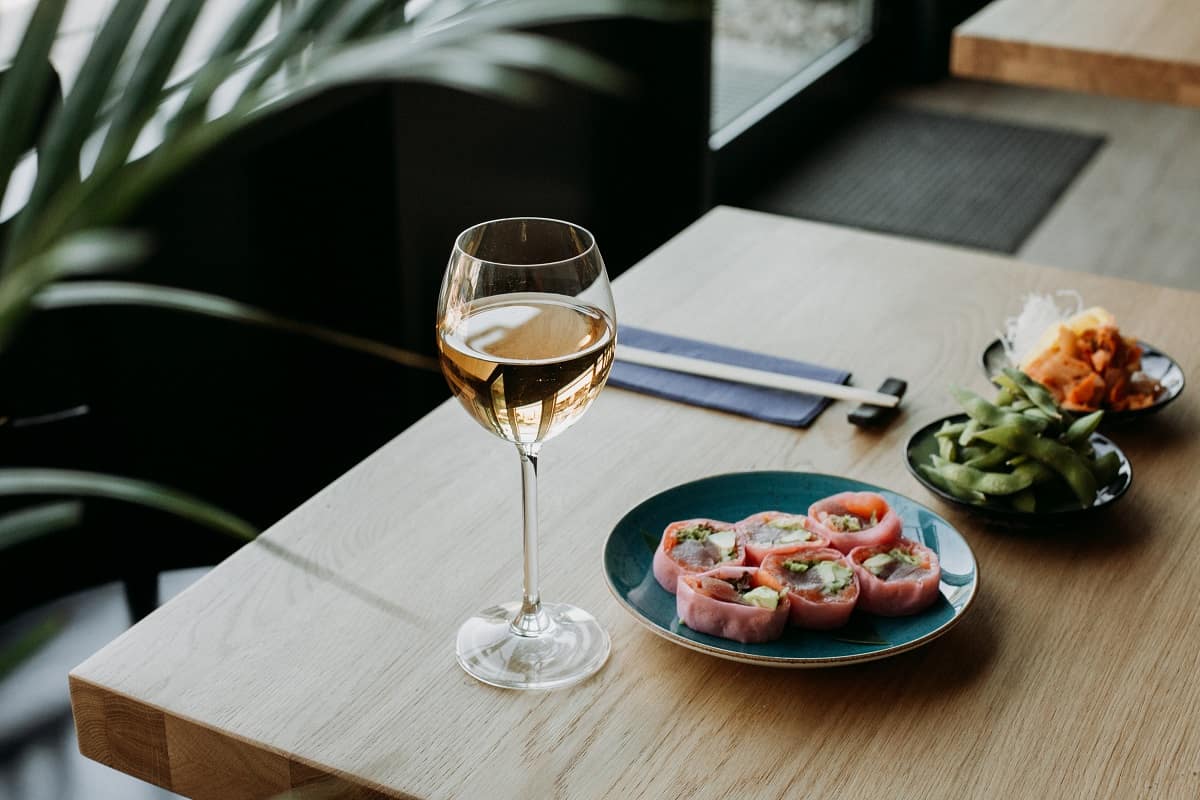
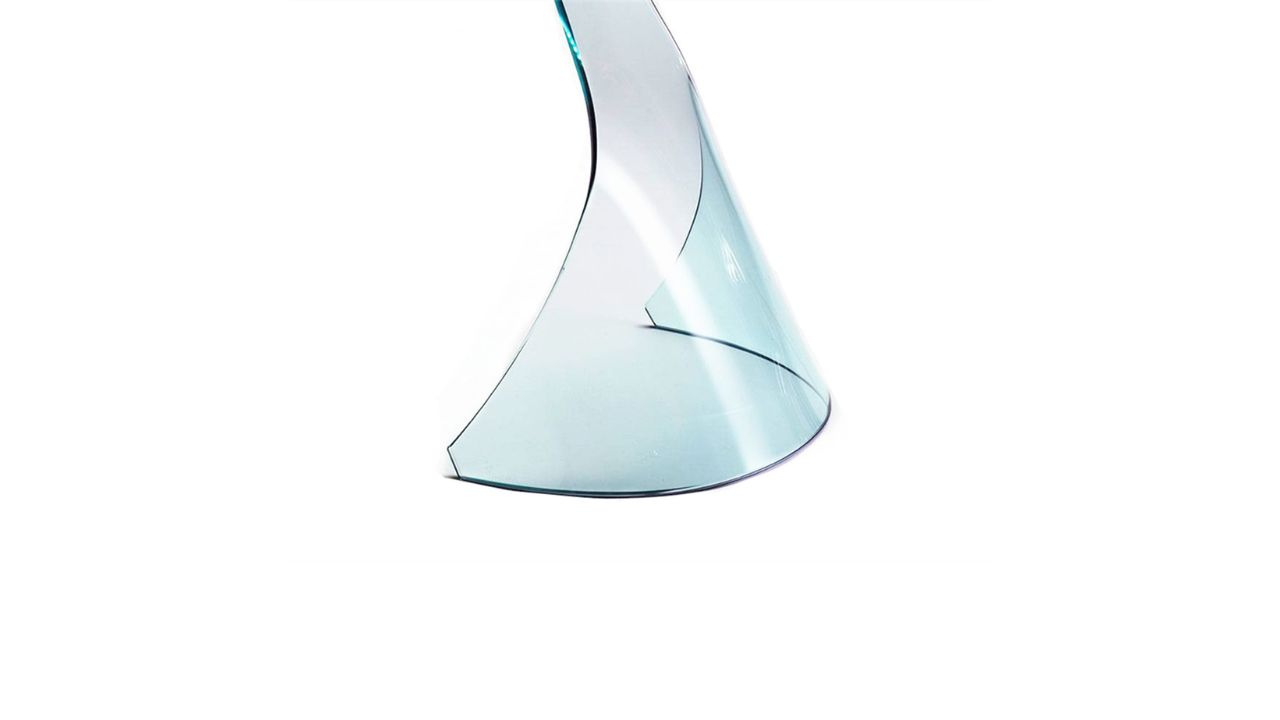
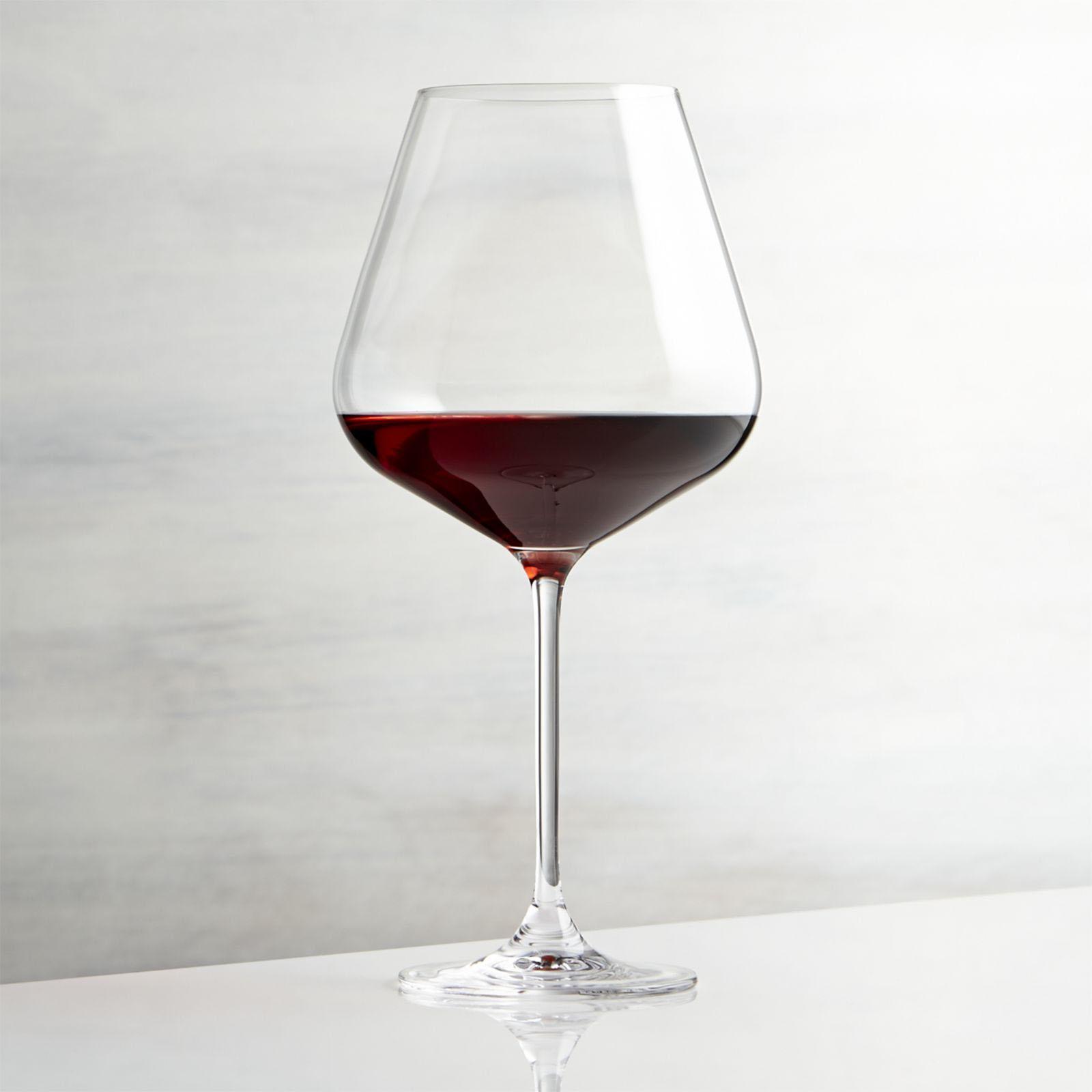
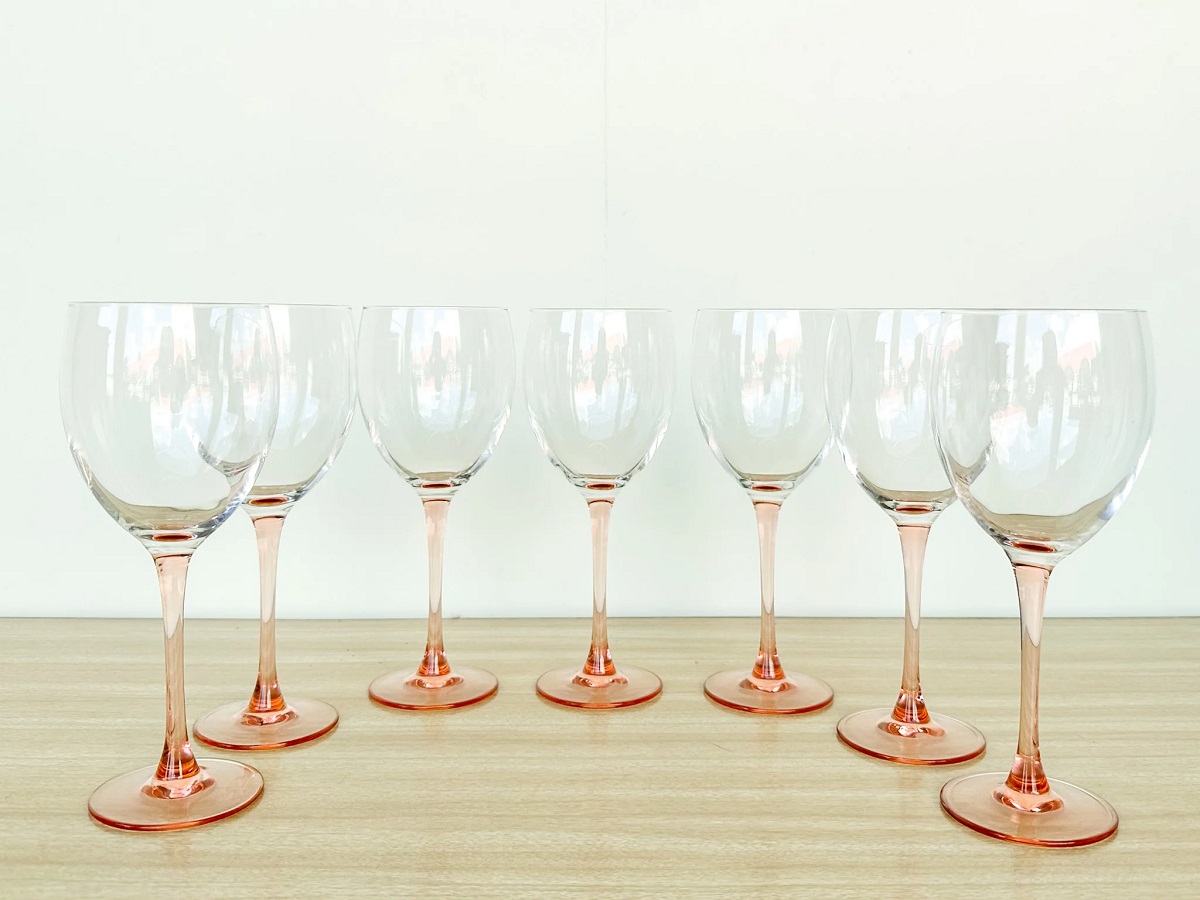
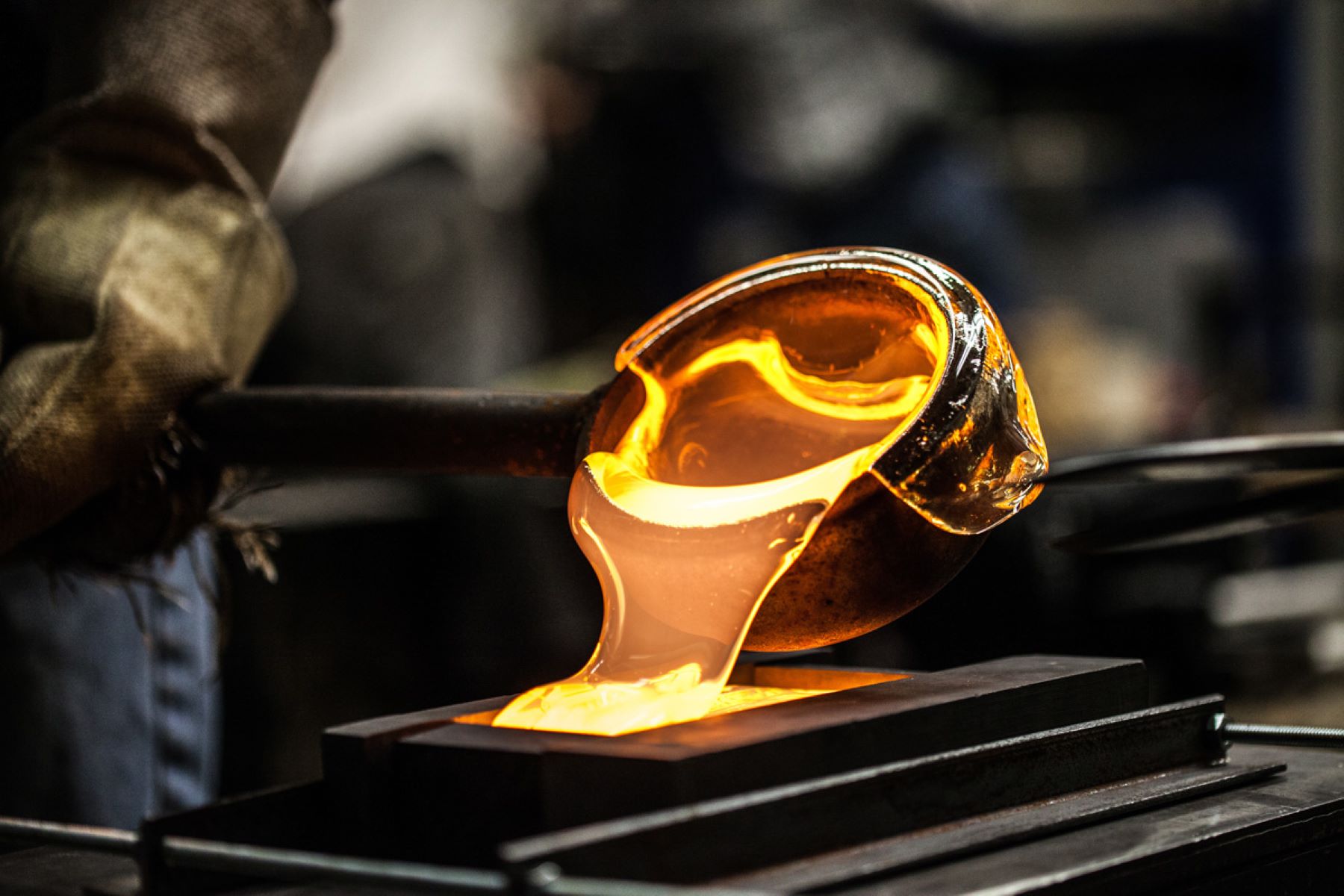
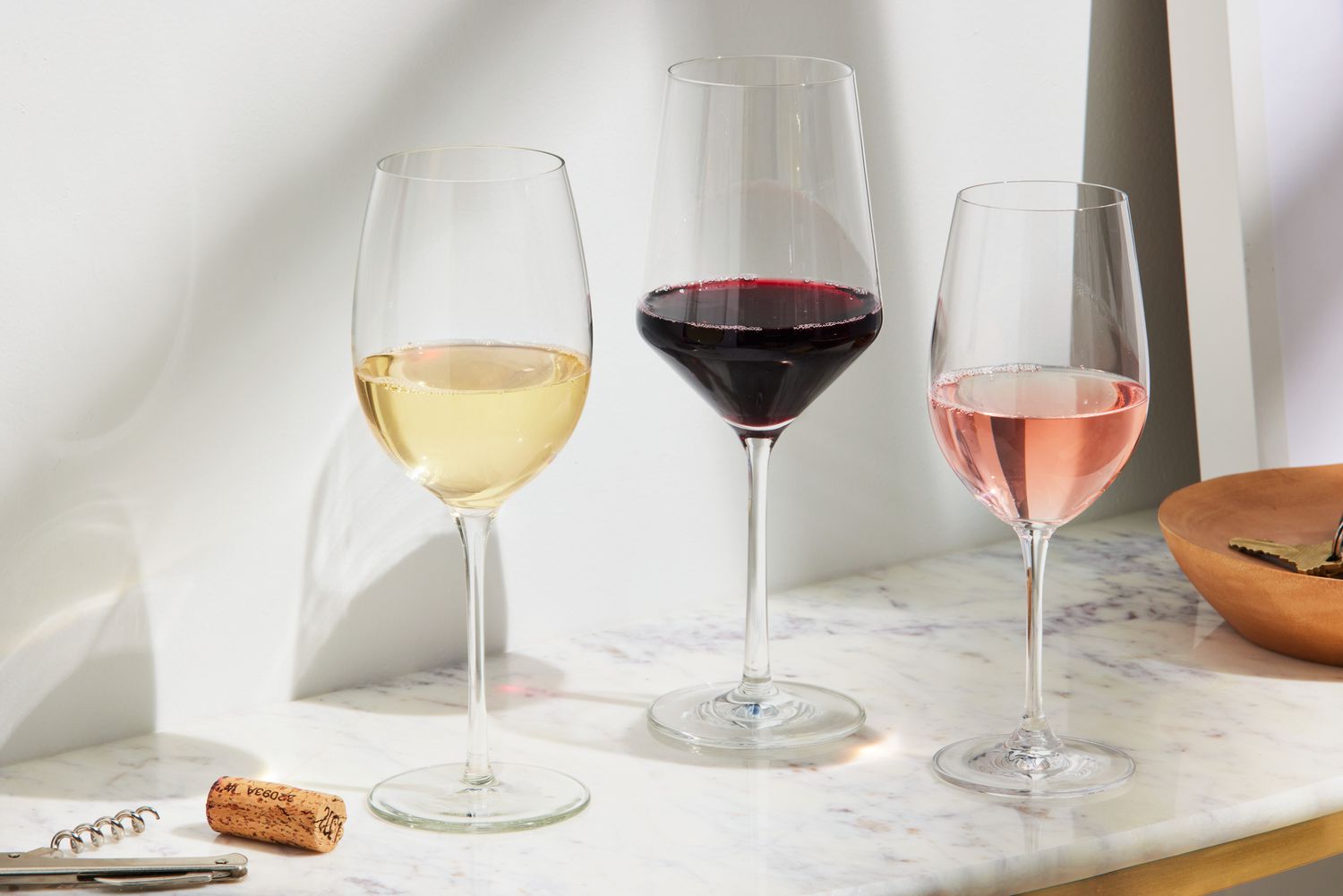
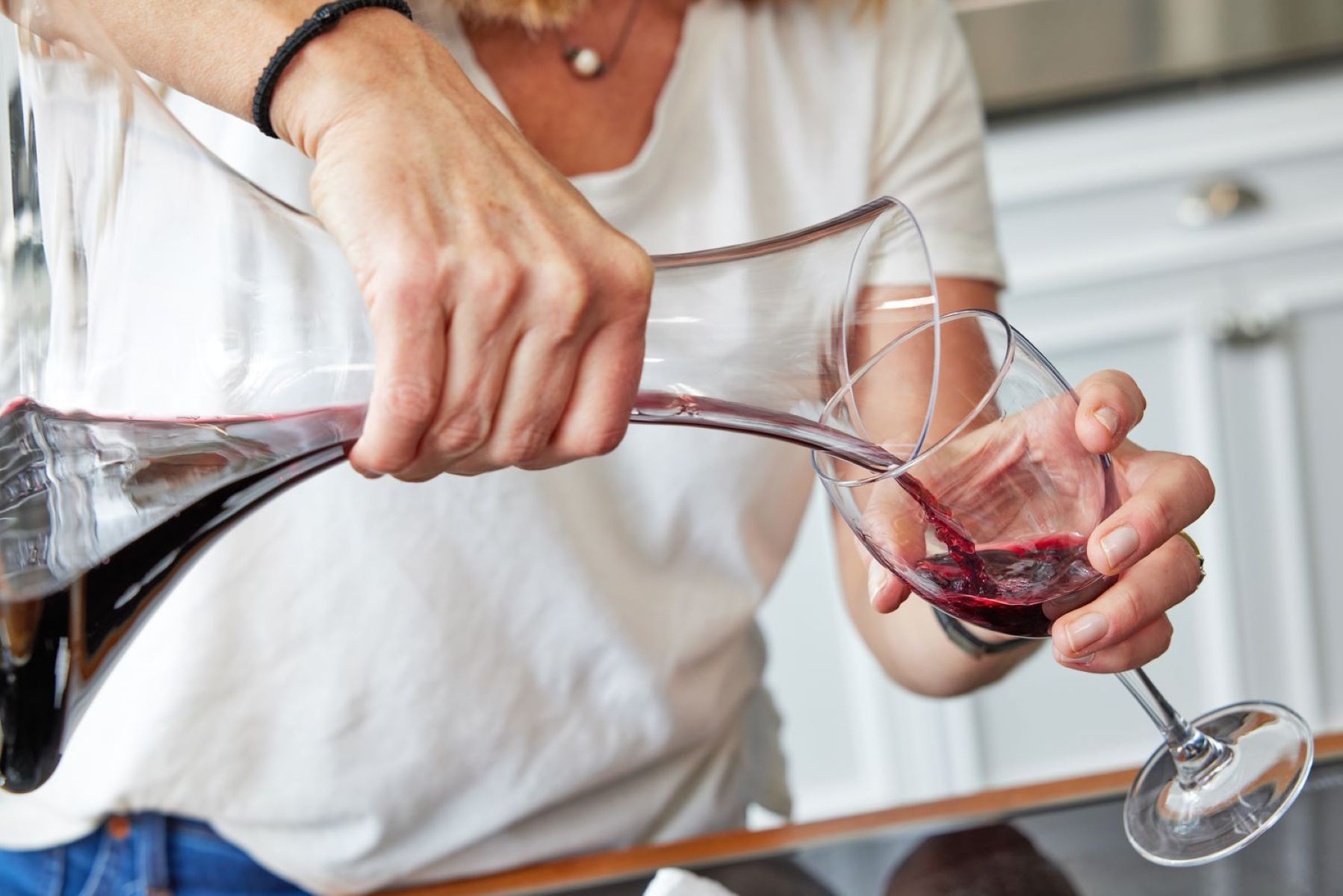
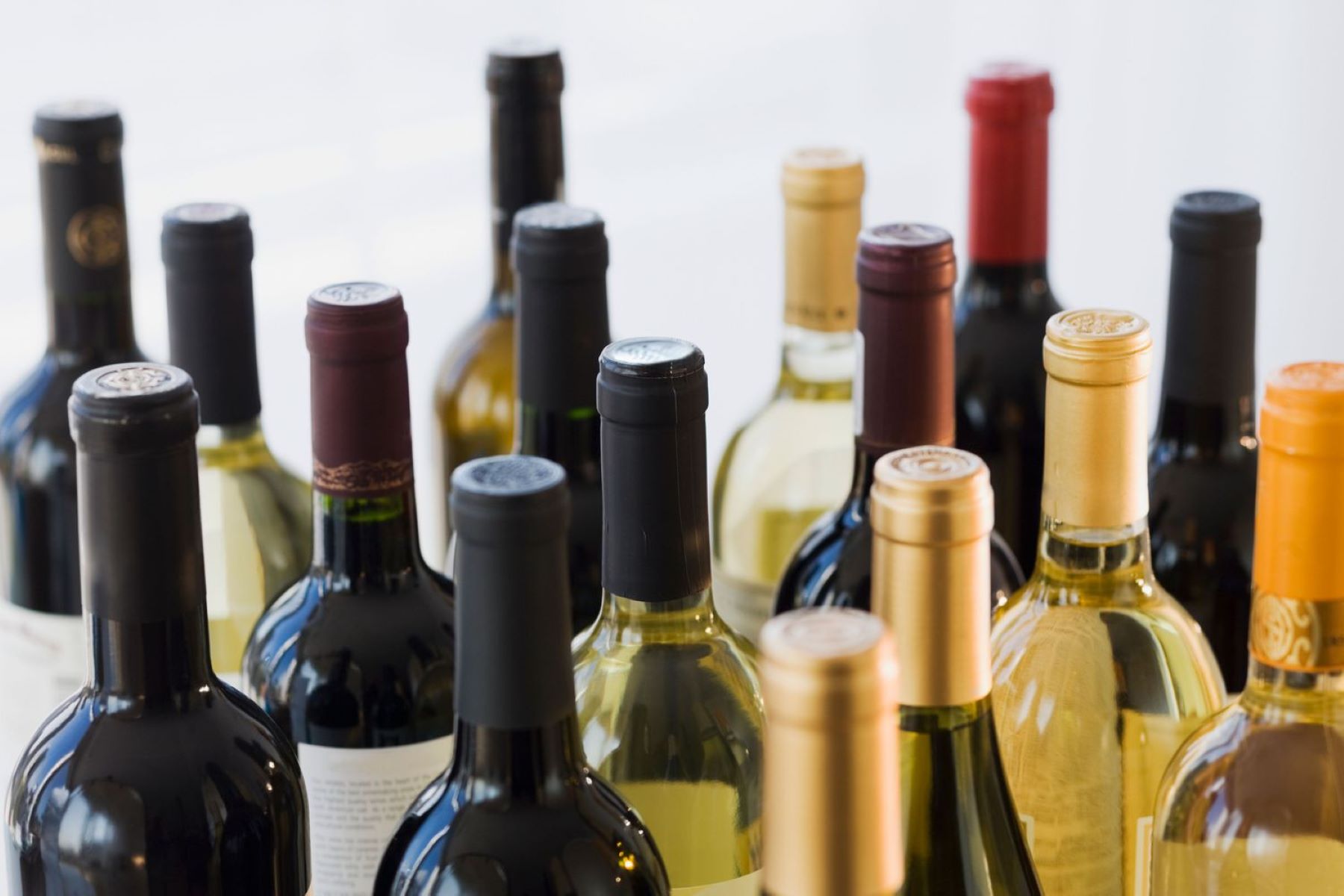
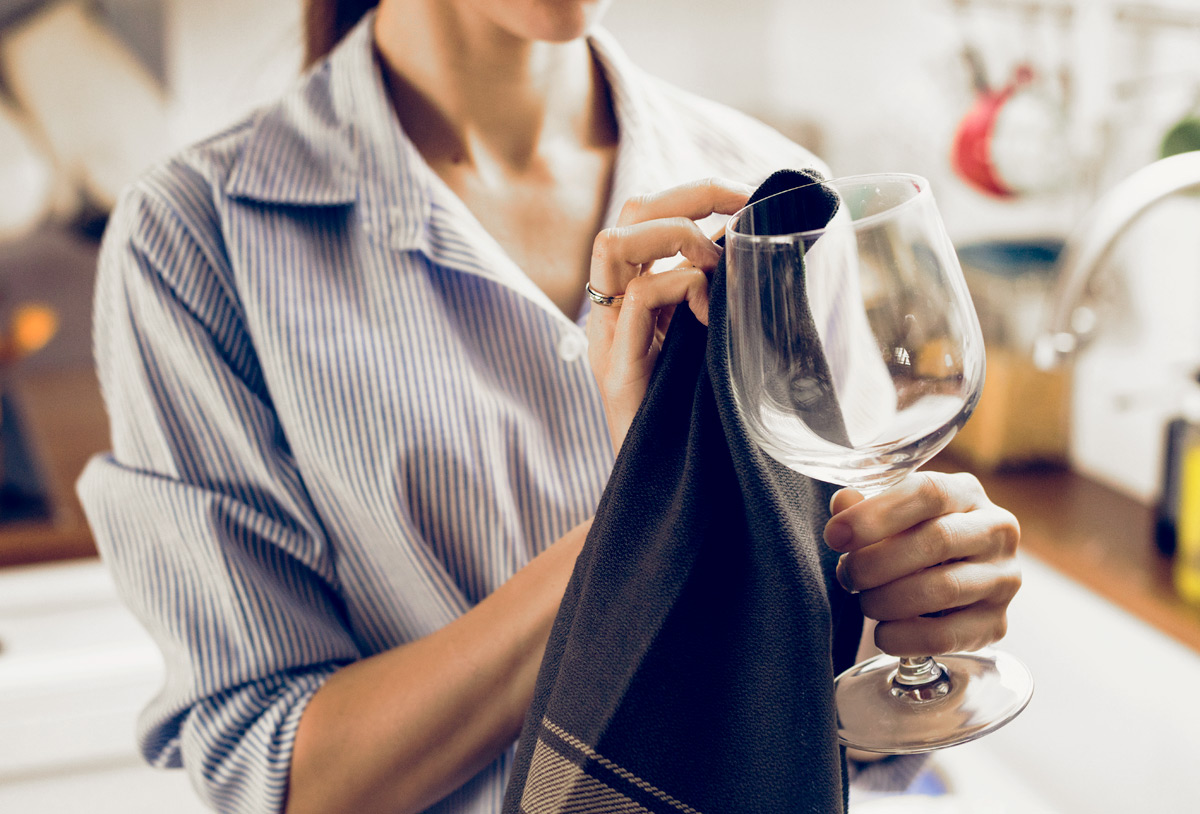
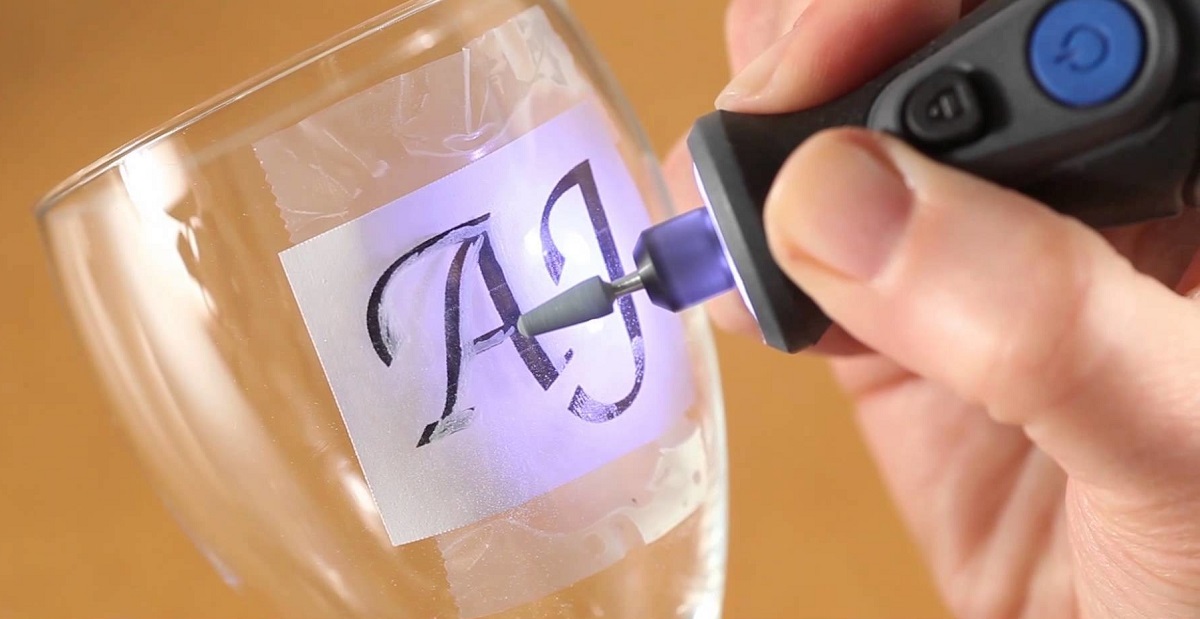
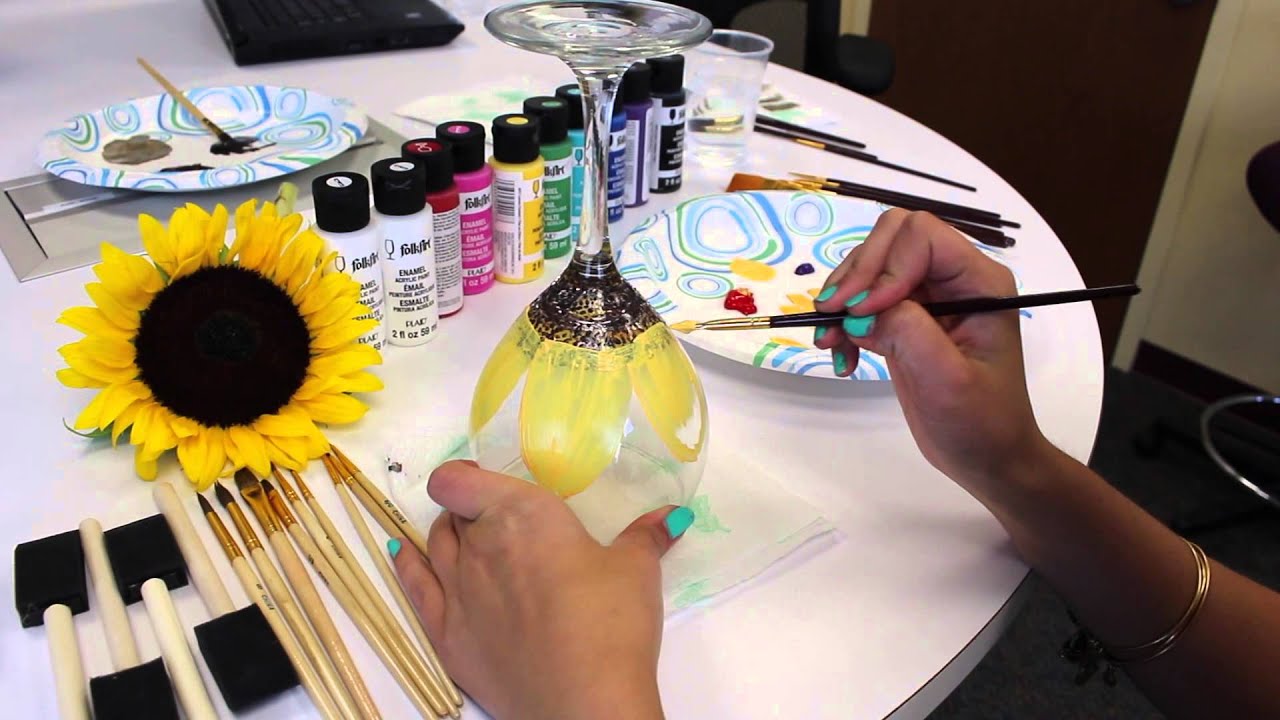

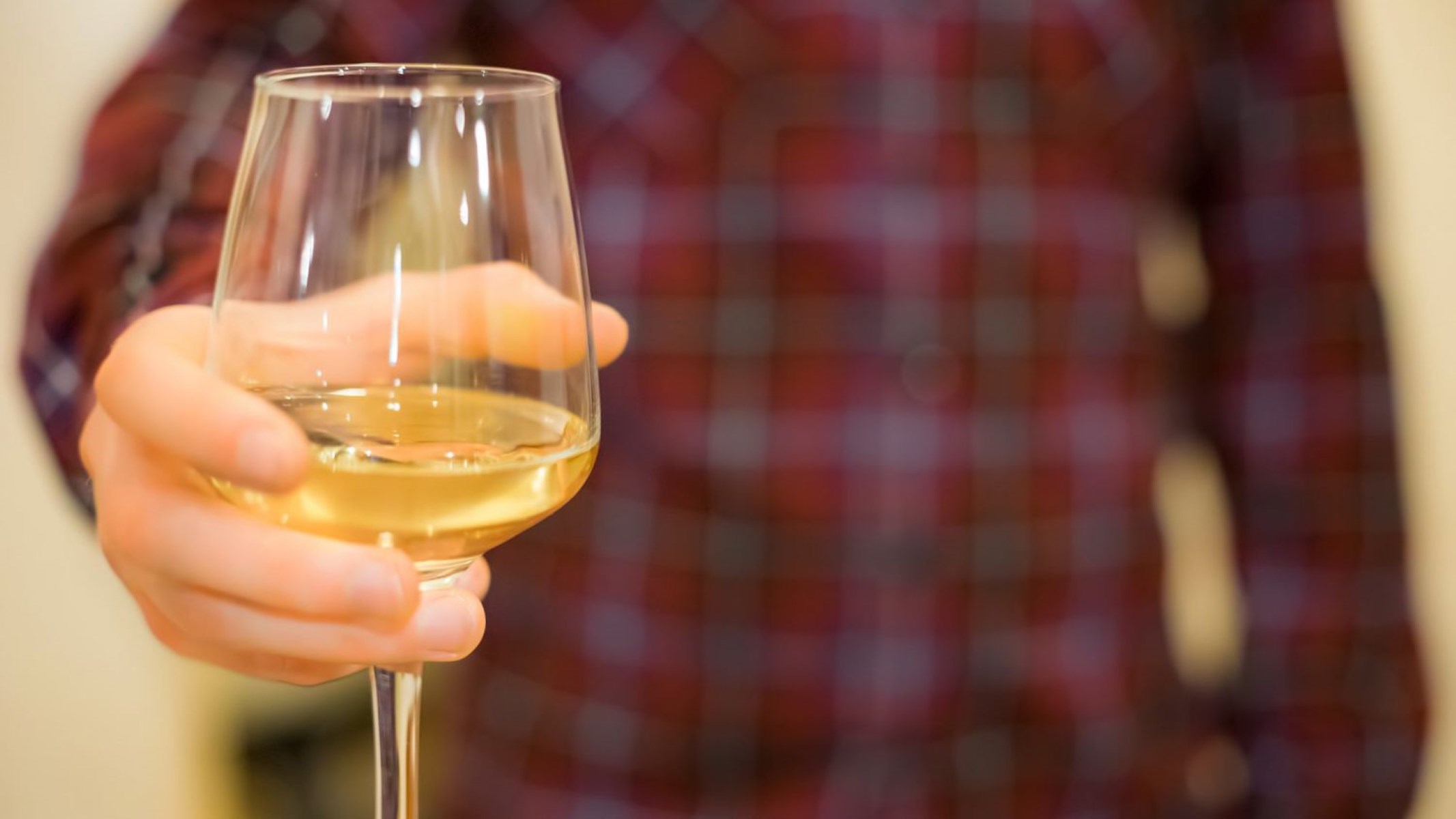

0 thoughts on “Why Are Wine Glasses Shaped The Way They Are?”